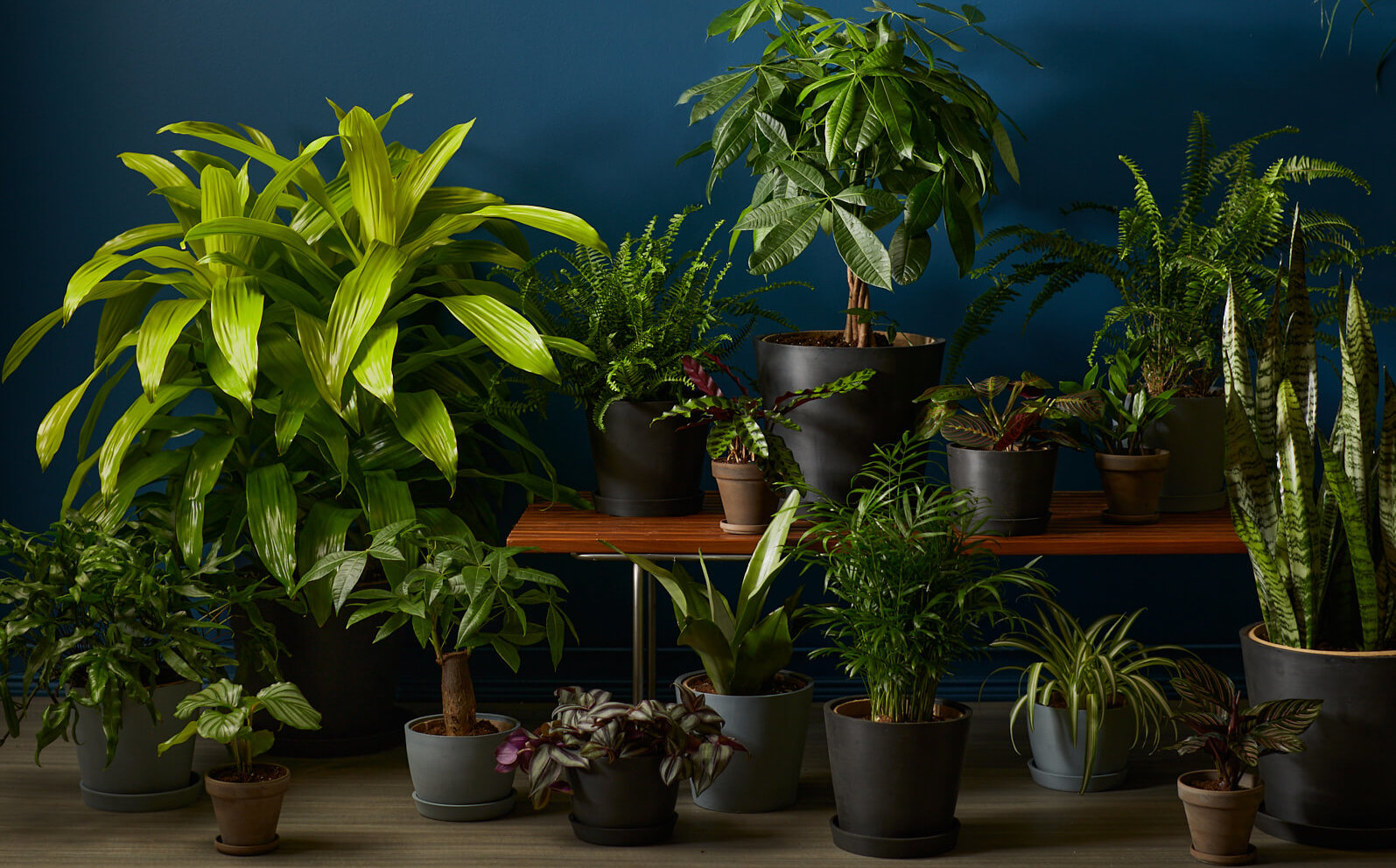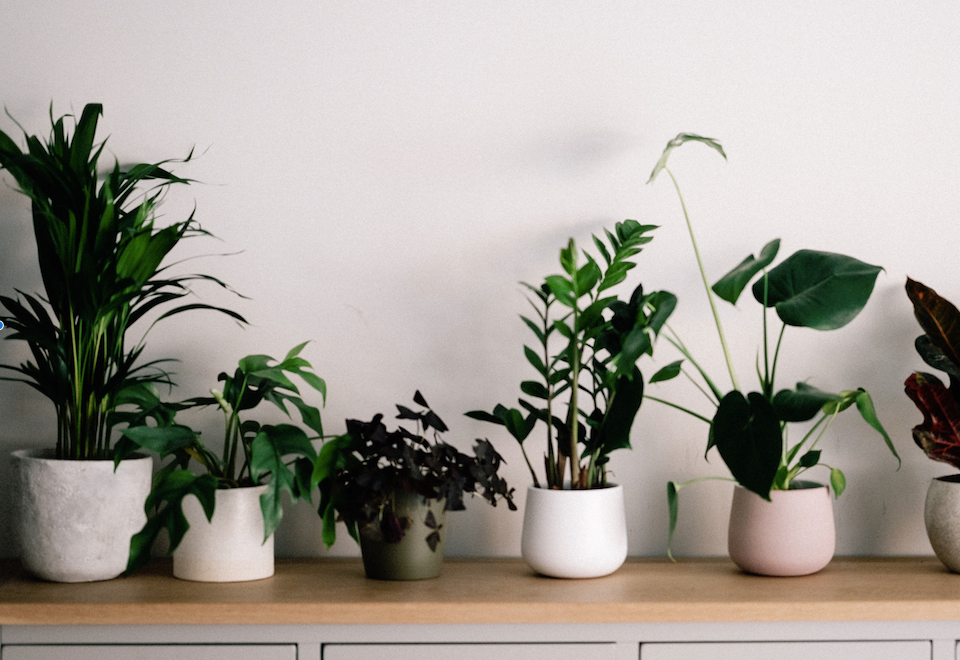Uncover the Tricks of Low-Light Indoor Plants and How They Boost Your Environment
Low-light indoor plants have actually garnered increasing focus for their unique ability to boost both visual charm and environmental top quality within work environments and homes. These resilient types, consisting of the Snake Plant and Tranquility Lily, not only grow in difficult lights problems however also play a crucial function in air purification and psychological well-being.
Benefits of Low-Light Indoor Plants
Although several individuals presume that indoor plants require abundant sunshine to grow, low-light interior plants supply a wide range of advantages that make them excellent for numerous settings. Among the main advantages is their flexibility; they can thrive in rooms with minimal all-natural light, such as offices, basements, or spaces with tiny home windows. This attribute allows individuals to enhance their environments with plant, adding to improved visual appeals without the demand for extensive illumination alterations.
Additionally, low-light indoor plants can dramatically enhance indoor air high quality by releasing and filtering harmful toxic substances oxygen, making living spaces healthier. The existence of plants has actually been linked to better feelings of peace and emphasis.
Furthermore, low-light plants usually need much less maintenance than their sun-loving equivalents, making them optimal for busy people or those brand-new to horticulture. Their resilience allows them to love minimal treatment, therefore offering a gratifying experience for plant fanatics and beginners alike. In recap, low-light indoor plants serve both useful and aesthetic functions, making them valuable enhancements to any kind of area.
Top Low-Light Plant Selections
Low-light indoor plants can be found in a selection of varieties, each offering distinct attributes and advantages matched for dim atmospheres. Among one of the most preferred selections is the Serpent Plant (Sansevieria), understood for its architectural fallen leaves and air-purifying capabilities. This resistant plant flourishes on overlook and can tolerate a variety of light problems.
Another outstanding selection is the ZZ Plant (Zamioculcas zamiifolia), which features shiny, dark environment-friendly fallen leaves and is very drought-tolerant. Its adaptability makes it a favorite for offices and homes with limited sunlight.
The Pothos (Epipremnum aureum) is also a top competitor, with its tracking creeping plants and heart-shaped fallen leaves - Best low-light indoor plants. This versatile plant can be educated to climb or waterfall, including visual interest to any room

Treatment Tips for Low-Light Plants
Caring for low-light indoor plants requires a nuanced understanding of their details requirements to guarantee ideal growth and vitality. Initially, it is necessary to select the ideal potting mix, as a well-draining dirt is essential to prevent origin rot. A blend made for houseplants, commonly including peat moss and perlite, functions well for the majority of low-light selections.
Watering is another key aspect of treatment. Low-light plants typically call for much less frequent watering contrasted to their sun-loving equivalents. It is advisable to check the leading inch of soil; if it feels completely dry, it's time to water. Overwatering can result in complications such as mold and root degeneration.
Fertilizing must be come close to with caution. During the growing period, a watered down fluid plant food can be used monthly, but in winter season, lots of low-light plants get in inactivity and need little to no fertilization.
Lastly, it is necessary to occasionally cleanse the leaves to eliminate dirt, permitting much better light absorption. By sticking to these treatment pointers, you can cultivate a growing setting for your low-light interior plants, boosting both their look and longevity.
Enhancing Air Top Quality With Plants
Indoor plants play a considerable function in boosting air top quality within homes and office. Via the procedure of photosynthesis, these plants soak up carbon dioxide and release oxygen, adding to a healthier environment. In addition, particular low-light indoor plants possess the ability to filter damaging contaminants, such as trichloroethylene, benzene, and formaldehyde, which are typically discovered in indoor environments.

In addition, the presence of indoor plants can boost moisture levels, which aids ease dry skin and breathing concerns, further boosting general well-being. This ability to improve air high quality not just advertises physical health and wellness but likewise sustains mental wellness.
Incorporating low-light indoor plants right into your living and functioning spaces can result in an extra dynamic and stimulating atmosphere (Best low-light indoor plants). Buying these natural air purifiers is a straightforward yet effective approach for boosting interior air high quality and promoting a healthier way of life
Developing a Tranquil Indoor Room
The integration of plants into living spaces not only improves air high quality however additionally adds to a peaceful environment. Low-light indoor plants, such as serpent plants and pothos, are specifically effective in creating a calm environment, as they grow in conditions that may otherwise be inhospitable for other greenery. Their lavish vegetation provides a relaxing aesthetic, reducing anxiety and advertising leisure.
Incorporating these plants into your office or home can stimulate a sense of peace and wellness. Tactically placing them in areas where you spend significant time, such as living rooms or work spaces, enables for an immersive experience with nature, which has been revealed to enhance state of mind and cognitive feature.
Furthermore, the gentle movement of leaves in response to air movement can develop a dynamic visual component that boosts the general ambiance. Consider making use of a selection of plant elevations and structures to include deepness and rate of interest to your room. With thoughtful placement and treatment, low-light indoor plants can transform any type of location into a peaceful haven, promoting not just aesthetic fulfillment but additionally psychological and mental wellness.

Conclusion
Incorporating low-light interior plants into different settings yields substantial benefits, including boosted air quality and boosted visual appeal. about his These durable species not just thrive in very little light however also add to a relaxing atmosphere, advertising psychological and psychological health. By selecting proper ranges and implementing proper treatment strategies, individuals can effectively grow a peaceful indoor area that promotes health and efficiency. The transformative power of low-light plants underscores their worth in enhancing both work and property setups.
Although many people think that indoor plants require abundant sunlight to thrive, low-light interior plants provide a wide range of benefits that make them suitable for numerous settings.In addition, low-light indoor plants can considerably enhance interior air quality by filtering system harmful contaminants and releasing oxygen, making living rooms healthier. Furthermore, particular low-light indoor plants possess the capacity to filter hazardous toxins, such as benzene, trichloroethylene, and formaldehyde, which are commonly discovered in interior settings.
Low-light indoor plants, such as snake plants and pothos, are especially effective in creating a tranquil setting, as they flourish in problems that may otherwise be unwelcoming check out this site for other greenery.Including low-light interior plants right into various environments yields considerable benefits, consisting of boosted air top quality and boosted aesthetic charm.